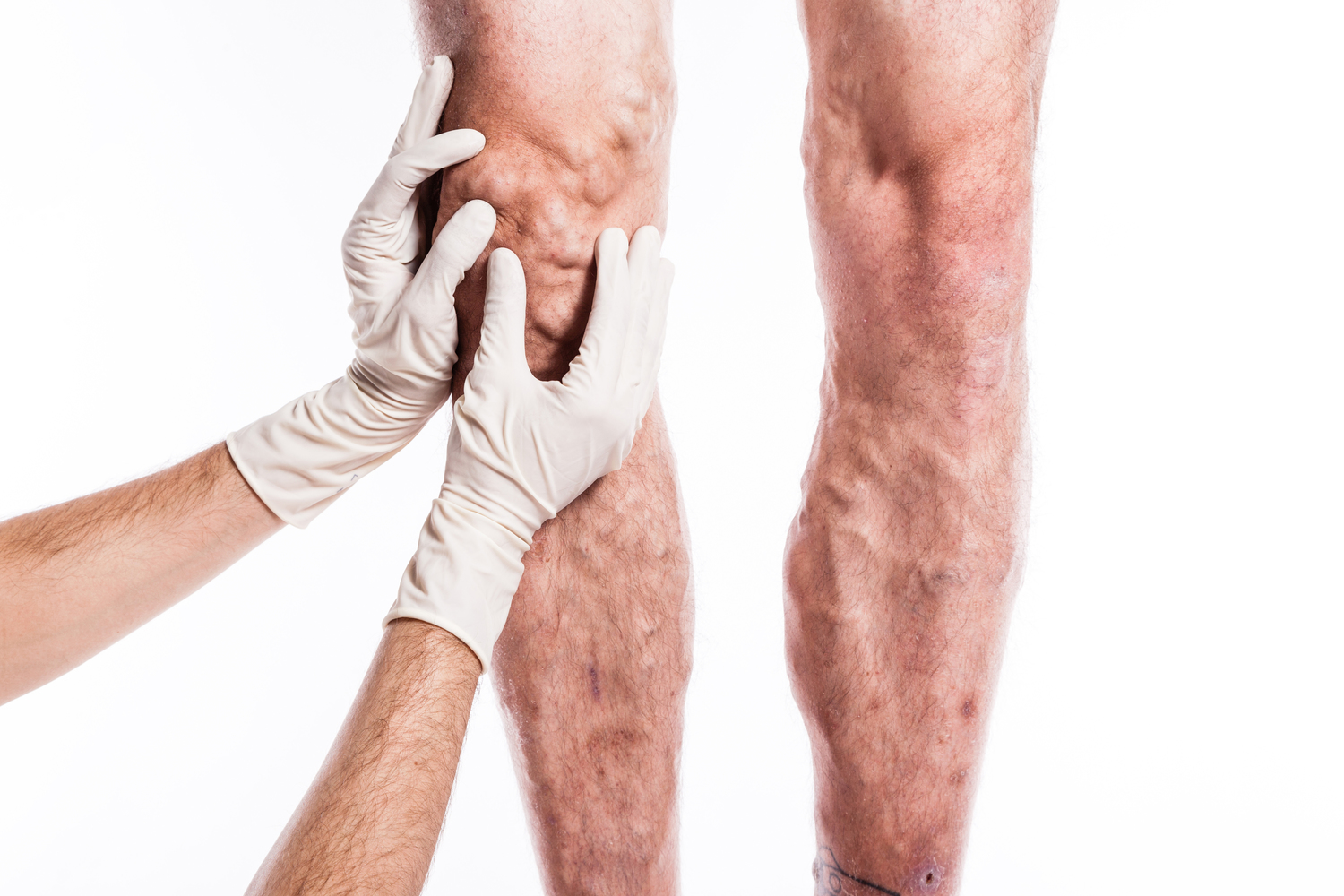
Deep vein thrombosis: Diagnosis and complications
A serious condition that occurs when a blood clot forms in a vein located deep inside the body is known as deep vein thrombosis (DVT). When a clump of blood turns into a solid state it is called a blood clot. These clots are typically formed in the thigh or lower leg, but they can also develop in the other areas of the body. It can also develop if one has certain medical conditions that stimulates the blood clots. It also happens if one doesn’t move for a long period of time, especially after surgery or an accident or when confined to bed rest.
To diagnose deep vein thrombosis, a physical examination would be required to check the affected areas for swelling, tenderness, or discoloration of the skin. Depending on how likely one might have a blood clot, the following tests would be suggested–
- Ultrasound
A wand-like device (transducer) is placed over the part of the body where there’s a clot, sending sound waves into the area. As the sound waves travel through the tissue and reflect, a computer transforms the wave into a moving image in a video screen. - D-dimer test
This test measures a substance in the blood that is released when a blood clot dissolves. If the blood clot shows high levels of the substance then one might have deep vein thrombosis. - Venography
A dye is injected into a large vein in the foot or ankle. An X-ray creates an image of the veins in the legs or feet to look for clots. - CT or MRI Scans
CT or MRI scans can provide visual images of the veins and might show if one has a clot.
Complication of the disease
Deep vein thrombosis can cause a major complication known as pulmonary embolism. One can develop pulmonary embolism if the blood clot moves to the lungs and blocks a blood vessel. If the clot is large and enters the lungs, it can completely stop blood flow and cause sudden death. If the clot is small, it can reduce the blood flow and cause damage to the lung tissue. It can also cause serious damage to other parts of the body. The signs of pulmonary embolism include-
- Dizziness
- Sweating
- Coughing or inhaling deeply can worsen pain in the chest
- Rapid breathing
- Coughing up blood
- Rapid heart rate
Post-thrombotic syndrome
If a clot stays in the arm or leg for too long it can damage the veins or the valves. Valves that don’t work well let blood flow backward and pool, instead of pushing it towards the heart. This syndrome is usually mild, but some symptoms can be severe and might not show up until years later. Many people suffering from deep vein thrombosis end up with long term effects of the following-
- Pain
- Swelling
- Darkened skin colour
- Skin sores
- Varicose veins- swollen, twisted, blue veins that can be seen under the skin
So, it is essential to go for a diagnosis as early as possible and get the best treatment.


